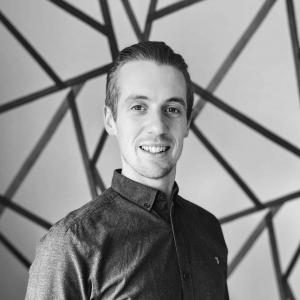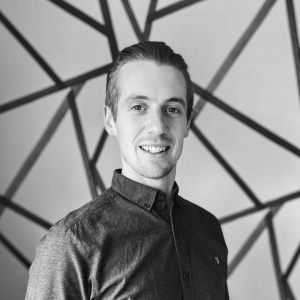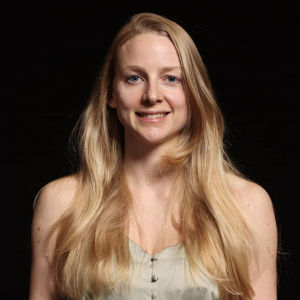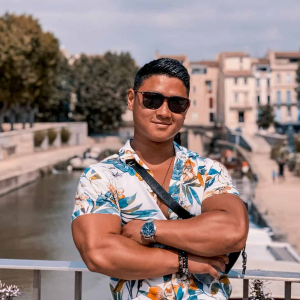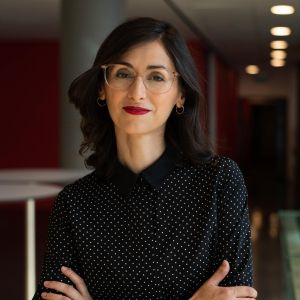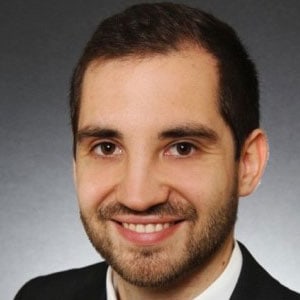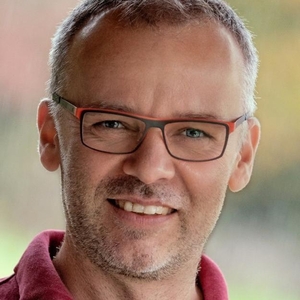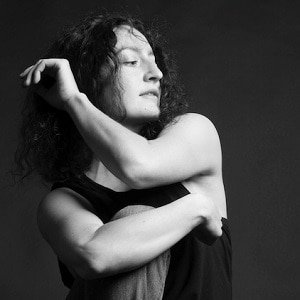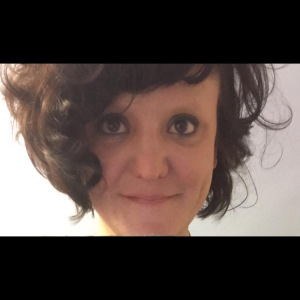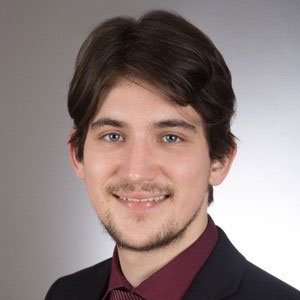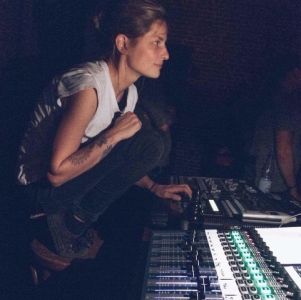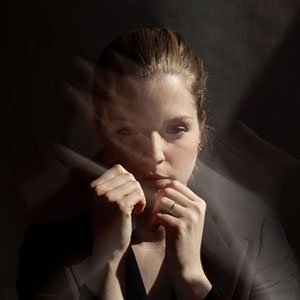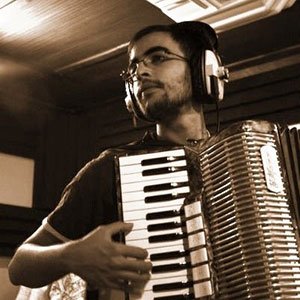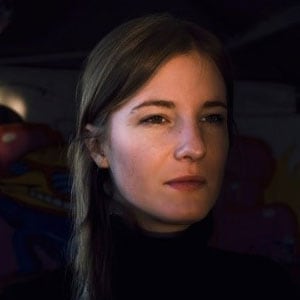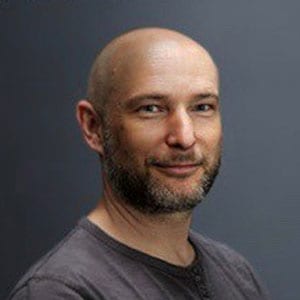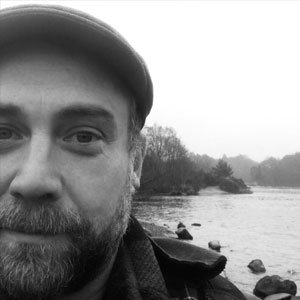In this piece, I explored themes such a cyclicality, natural metamorphosis, our concept of the solar year. It’s a piece that evokes the world of plants from a cosmological perspective, focusing on our intrinsic bond with the natural world of which we humans are a part, and from which we cannot be separated entirely. I envisaged something like
zooming out, a big-picture concept of our relationship with living things. I wanted to dance a growing and blooming flower, which is then eaten by a cow, then digested.
⠀⠀⠀⠀⠀⠀⠀⠀⠀⠀⠀⠀
On stage, ever since HEAR EYES MOVE, I’ve tried to render this as the relationship between bodies which, though not physically touching, are nevertheless expressing through dance the potential effects they have on one another. If one of them turns around, the others turn with it. Dancing in canon, so to speak, rather than in unison: the same movements overlapping, linked in sequence, action and consequence. Ever gesture impacts the system as a whole. It’s become an important stylistic device in my work.
⠀⠀⠀⠀⠀⠀⠀⠀⠀⠀⠀⠀
You’re currently working on a new project using Rachmaninov’s music, but that project goes even further.
⠀⠀⠀⠀⠀⠀⠀⠀⠀⠀⠀⠀
I’ve fallen in love with Rachmaninov’s music, even if it’s sometimes considered to be kitsch. I love the brilliance of his virtuosity, though it’s precisely this virtuosity that makes
Rachmaninov’s work a challenging one to transform into choreography. I find that in contemporary dance we are rather too afraid of strong emotions, too unwilling to face them. Then again, I was really keen to tackle a great composer. I read and listen to a lot of music, and after nursing this desire for a long time I’ve now finally plucked up the
courage to use Rachmaninov’s music to further my research on the interrelatedness of rhythm, textures, and the world of plants.
⠀⠀⠀⠀⠀⠀⠀⠀⠀⠀⠀⠀
But, indeed, I’d like to take things further. For this project, I intend to combine the piano concerto n.2 in C minor with a newly commissioned piece by the contemporary sound artist and musician Alexandra Duvekot. Fascinated by plants’ capacity to produce actual sounds, which can be amplified, Duvekot has worked with plant sounds since 2012. In
combining two seeming opposites, we aim to root Rachmaninov’s three-part piano concerto in and around Duvekot’s contemporary composition for plant sounds, thus uniting the polyphonic nature sounds with the virtuosity of the solo concerto, creating an aesthetic contrast between the contemporary and a Western classic. Likewise, in Rachmaninov’s work, the entire concerto seems to germinate from the seed of three
notes, from which the entire melody grows in an organic, plantlike way.
⠀⠀⠀⠀⠀⠀⠀⠀⠀⠀⠀⠀
For me, it’s a matter of creating a truly emotional event, something as intense, overflowing and fierce as nature itself, with its scents and shapes, its darkness and incredible beauty. Instead of separating art (and culture) from nature, I combine their parallel characteristics, putting dance on equal footing with the philosophical study of plant life. When we walk in the woods, we can feel the the energy emitted by plants and
trees, and I want dance to emit the same kind of energy—a dance conveying the sensation of tree bark. I envisage choreographic sequences, which take on the appearance of plants, bringing to the stage the sensorial oneness of nature.








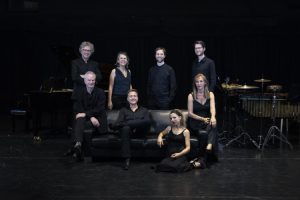
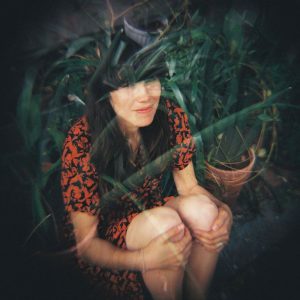
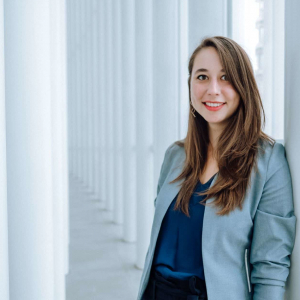



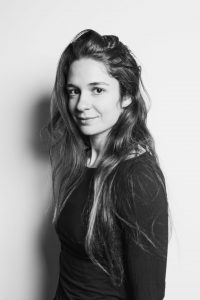
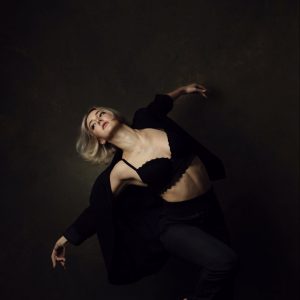
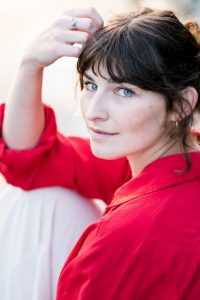

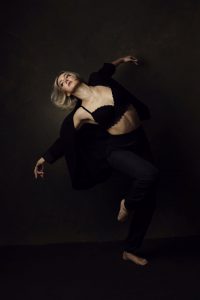



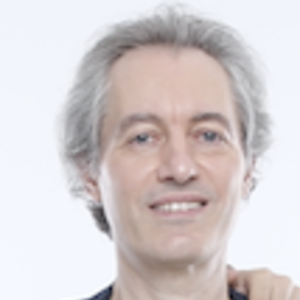


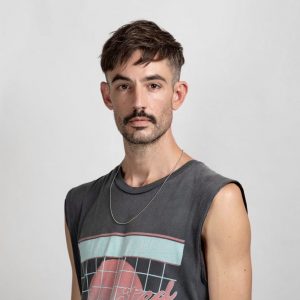
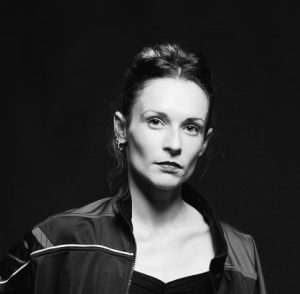 Lou begann im Alter von 5 Jahren in ihrer Heimatstadt zu tanzen. Im Jahr 2012 schloss sie sich dem Ballet Junior de Genève an, wo sie Werke von renommierten Choreografen wie Andonis Foniadakis oder Hofesh Schechter tanzte. 2016 schloss sie sich dem Kamea Dance Cie in Israel an, wo sie unter anderem Werke des Regisseurs Tamir Ginz, aber auch von Nacho Duato und Marco Goecke tanzte. Seit 2020 ist sie als Gasttänzerin am Grand Théâtre de Genève engagiert und arbeitet seitdem als freischaffende Tänzerin.
Lou begann im Alter von 5 Jahren in ihrer Heimatstadt zu tanzen. Im Jahr 2012 schloss sie sich dem Ballet Junior de Genève an, wo sie Werke von renommierten Choreografen wie Andonis Foniadakis oder Hofesh Schechter tanzte. 2016 schloss sie sich dem Kamea Dance Cie in Israel an, wo sie unter anderem Werke des Regisseurs Tamir Ginz, aber auch von Nacho Duato und Marco Goecke tanzte. Seit 2020 ist sie als Gasttänzerin am Grand Théâtre de Genève engagiert und arbeitet seitdem als freischaffende Tänzerin.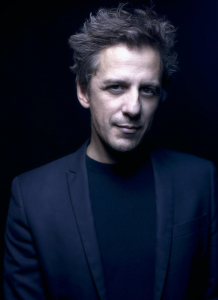
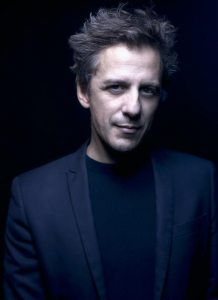
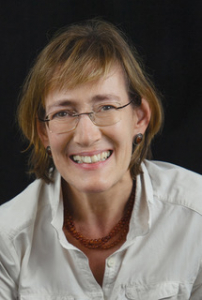
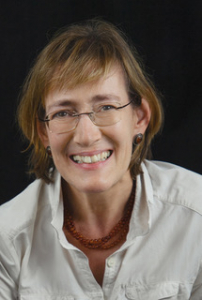
 Johanna Schmitt
Johanna Schmitt Johanna Schmitt
Johanna Schmitt
